Respiratory Syncytial Virus (RSV) is a common virus that causes respiratory tract infections. Dr Jenny Tang from SBCC Baby & Child Clinic tells us more about the virus.
Will my child get RSV?
RSV is a major cause of lower respiratory tract infections e.g. bronchiolitis (inflammation of the small airways in the lung) or pneumonia (infection involving lung tissue) of young children. Almost all children are infected with the virus by their second birthday, but only a small percentage develops severe disease.
When infants and children are exposed to RSV for the first time, 25% to 40% of them have signs or symptoms of bronchiolitis or pneumonia, and 0.5% to 2% will require hospitalization. Most children hospitalized for RSV infection are under 6 months of age. RSV can also infect adults. Infections in older children and adults are generally less severe.
What are the symptoms of RSV?
Signs and symptoms of respiratory syncytial virus infection typically appear about four to six days (range 2-8 days) after exposure to the virus. In adults and older children, RSV usually causes mild cold-like signs and symptoms. These include:
- Congested or runny nose, sneezing
- Dry cough
- Mild fever
- Sore throat
- Mild headache
⇒ Related Read: How to Stop Sneezing
In severe cases, RSV can lead to a lower respiratory tract illness such as pneumonia or bronchiolitis. Signs and symptoms may include:
- High fever
- Severe cough
- Wheezing – a high-pitched noise that’s usually heard on breathing out
- Rapid breathing or difficulty breathing, which may make the child prefer to sit up rather than lie down
- Bluish color of the skin due to lack of oxygen (cyanosis)
In very young infants, irritability, lethargy, poor feeding and breathing difficulties may be the only symptoms of infection. Most otherwise healthy infants infected with RSV do not require hospitalization.
Most children and adults recover from the illness in one to two weeks. But in young babies, infants born prematurely, or infants or adults who have chronic heart or lung problems, the virus may cause a more severe – occasionally life-threatening – infection that requires hospitalization. However, even after recovery, very young infants and children with weakened immune systems can continue to spread the virus for 1 to 3 weeks.
⇒ Related Read: Top 10 Immunity Foods For Children
When should I bring my child to see a Doctor?
Most cases of respiratory syncytial virus infection aren’t life-threatening. Seek immediate medical attention if your child experiences difficulty breathing, runs a high fever or turns blue, particularly on the lips and in the nail beds. Poor feeding, lethargy and excessive irritability or any unresolved concerns may also require the attention of a doctor.
Who is at risk for severe illness?
- Infants younger than 6 months of age
- Younger children, especially under 1 year of age, who were born prematurely or who have an underlying condition, such as congenital heart or lung disease
- Children with weakened immune systems, such as those undergoing chemotherapy or transplantation
- Older adults aged 65 and older
- Adults with asthma, congestive heart failure or chronic obstructive pulmonary disease
- People with immunodeficiency, including those with certain transplanted organs, leukemia or HIV/AIDS
What are the complications of RSV Infection?
- Hospitalization. When respiratory syncytial virus infection causes severe illness, hospitalization may be required so that doctors can monitor and treat breathing problems and give intravenous (IV) fluids.
- Pneumonia or bronchiolitis. When the respiratory syncytial virus moves from your upper respiratory tract to your lower respiratory tract, inflammation of the lungs (pneumonia) or the lungs’ airways (bronchiolitis) can result.
- Middle ear infection.
- Asthma. There may be a link between severe respiratory syncytial virus and the chance of developing asthma later in life.
- Recurring infections. Once you’ve been infected with the virus, it’s common to have an occasional recurrence of RSV, usually in the form of a common cold. Subsequent infections usually aren’t as severe as the first
What tests are useful in the evaluation of RSV disease?
Respiratory syncytial virus infection and disease may be suspected based on a history of symptoms given and a physical examination. Tests may be useful for the assessment of more severe diseases.
- Painless skin monitoring (pulse oximetry) to check whether the level of oxygen available in the bloodstream is lower than usual
- Blood tests to check white cell counts or to look for the presence of viruses, bacteria or other organisms
- Chest X-rays to check for pneumonia
- Lab tests of respiratory secretions from your nose that check for the virus
What treatments are available for RSV disease?
Treatment for respiratory syncytial virus generally involves self-care measures to make your child more comfortable (supportive care). But in severe cases, hospital care may be needed.
Supportive care
- Medicines to reduce fever e.g. Paracetamol, Ibuprofen. Antibiotics may help if there’s a bacterial complication, such as bacterial pneumonia.
- Offer plenty of fluids and watch for signs of dehydration, such as dry mouth, little to no urine output, irritability or drowsiness.
Hospital care
- Hospital care for RSV in severe cases may be necessary to provide intravenous (IV) fluids and humidified oxygen.
- Inhaled bronchodilator e.g. Salbutamol or Adrenaline may be used to relieve wheezing. These medications open air passages in the lungs. Antibiotics may be used for bacterial complications. In severe cases, some children may need breathing support or inhaled Ribavirin treatment.
How is RSV spread?
The respiratory syncytial virus enters your body through your eyes, nose or mouth. It spreads easily when infectious respiratory secretions – such as those from coughing or sneezing – are inhaled or passed to others through direct contact, such as shaking hands, kissing. The virus RSV can survive on hard surfaces such as tables, doorknobs and countertops for many hours. RSV typically lives on soft surfaces such as tissues and hands for shorter amounts of time. Touch your mouth, nose or eyes after touching a contaminated object and you’re likely to acquire the virus.
How can RSV infection be prevented?
There are currently no available vaccines for RSV disease. However, there are steps that can be taken to help prevent the spread of RSV.
- Wash your hands frequently. Do so particularly before touching your baby, and teach your children the importance of hand-washing.
- Avoid exposure. Limit your infant’s contact with people who have fevers or colds. This is especially important in premature babies and all infants in the first 2 months of life.
- Keep things clean. Make sure countertops are clean in the kitchen and bathrooms, especially when someone in your family has a cold. Discard used tissues right away.
- Don’t share drinking glasses with others. Use your own glass or disposable cups when you or someone else is sick. Label each person’s cup.
- Don’t smoke. Infants who are exposed to tobacco smoke have a higher risk of contracting RSV and potentially more severe symptoms. If you do smoke, never do so inside the house or car.
- Wash toys regularly. Do this especially when your child or a playmate is sick.
Special attention should be paid to protecting children who are at high risk for developing severe disease if infected with RSV. A drug called palivizumab is available to prevent severe RSV illness in certain infants and children who are at high risk. The drug can help prevent the development of serious RSV disease, but it cannot help cure or treat children already suffering from serious RSV disease and it cannot prevent infection with RSV.
By Dr Jenny Tang, SBCC Baby & Child Clinic.
Clinic Address:
SBCC Baby & Child Clinic (Asthma, Lung, Sleep & Allergy Centre)
6 Napier Road, #04-15
Gleneagles Medical Centre
Singapore 258499
Tel: 6475 0820
Fax: 6475 1903
This article was first published in The New Age Parents online magazine.
If you find this article useful, do click Like and Share at the bottom of the post, thank you.
Like what you see here? Get parenting tips and stories straight to your inbox! Join our mailing list here.



































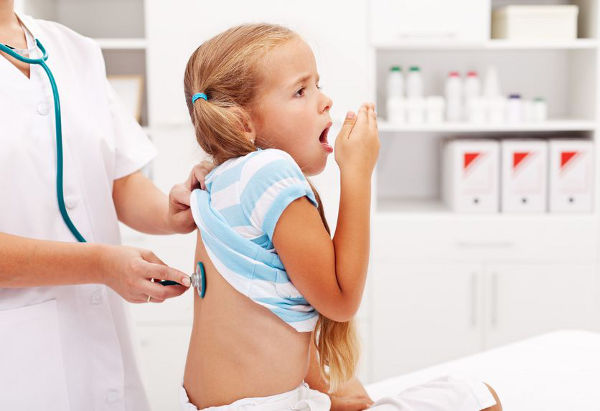


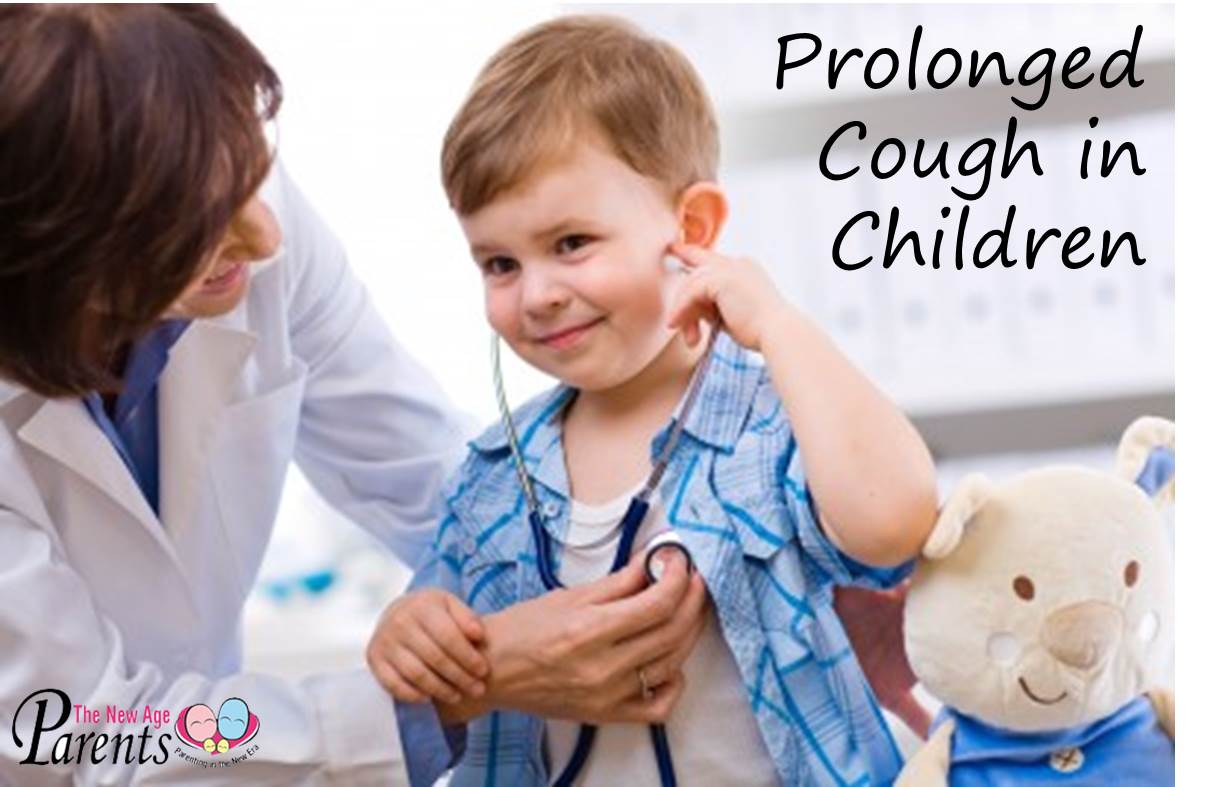

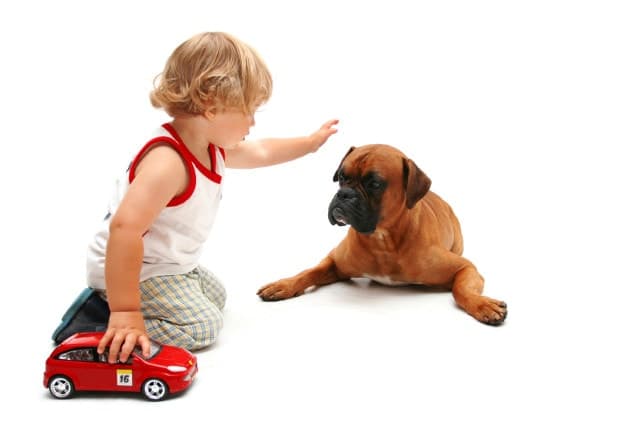
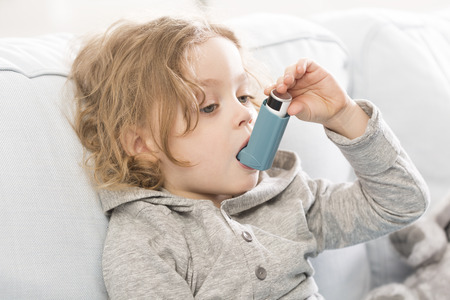
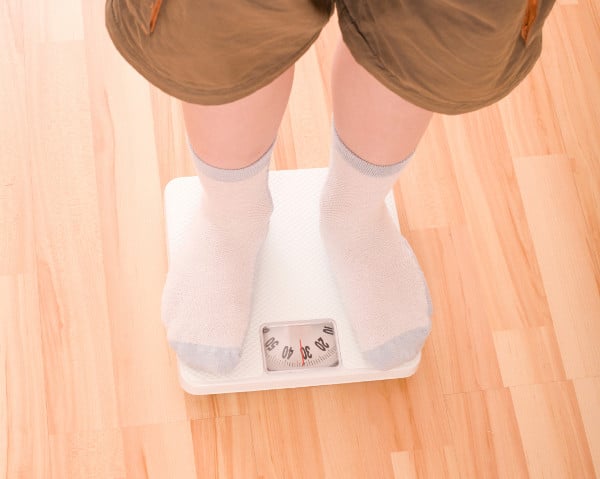

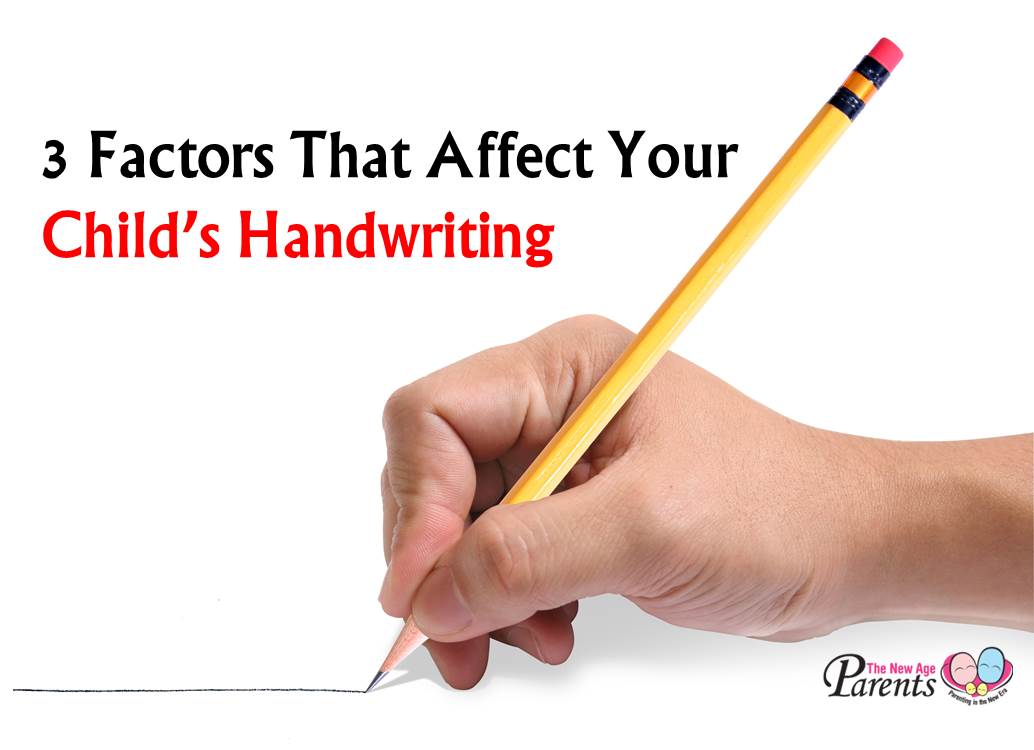
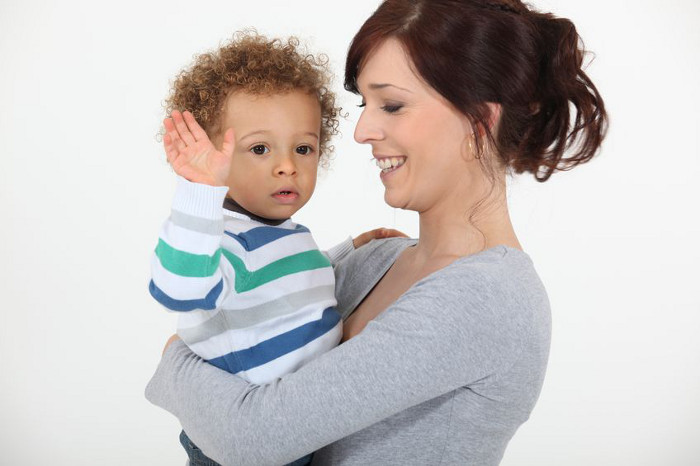













Leave a Comment: